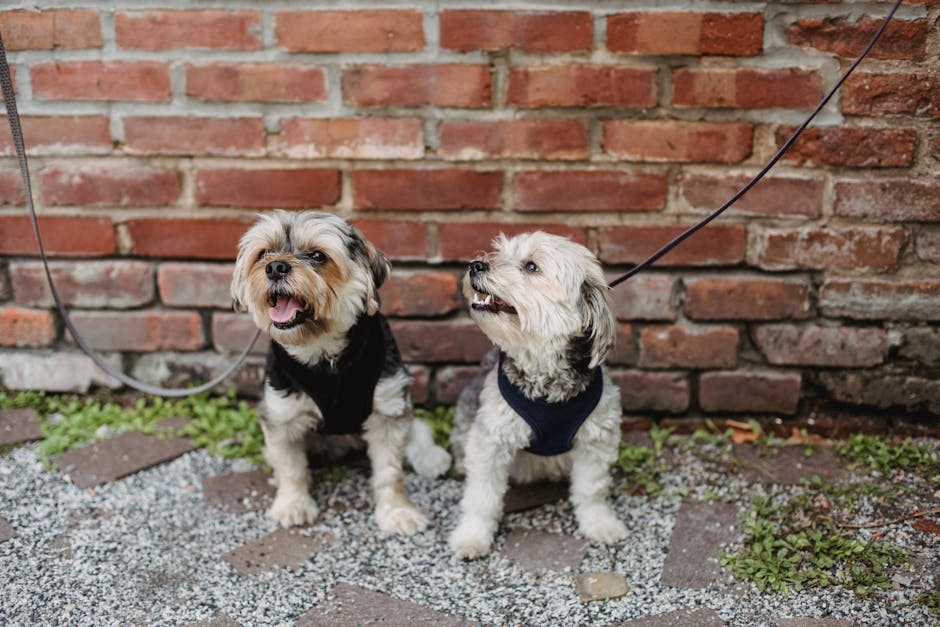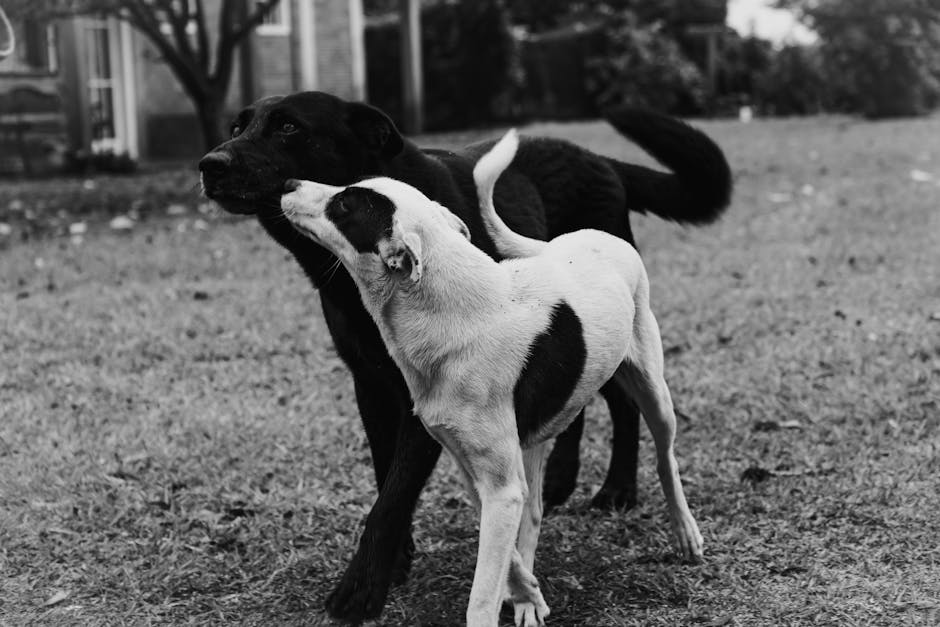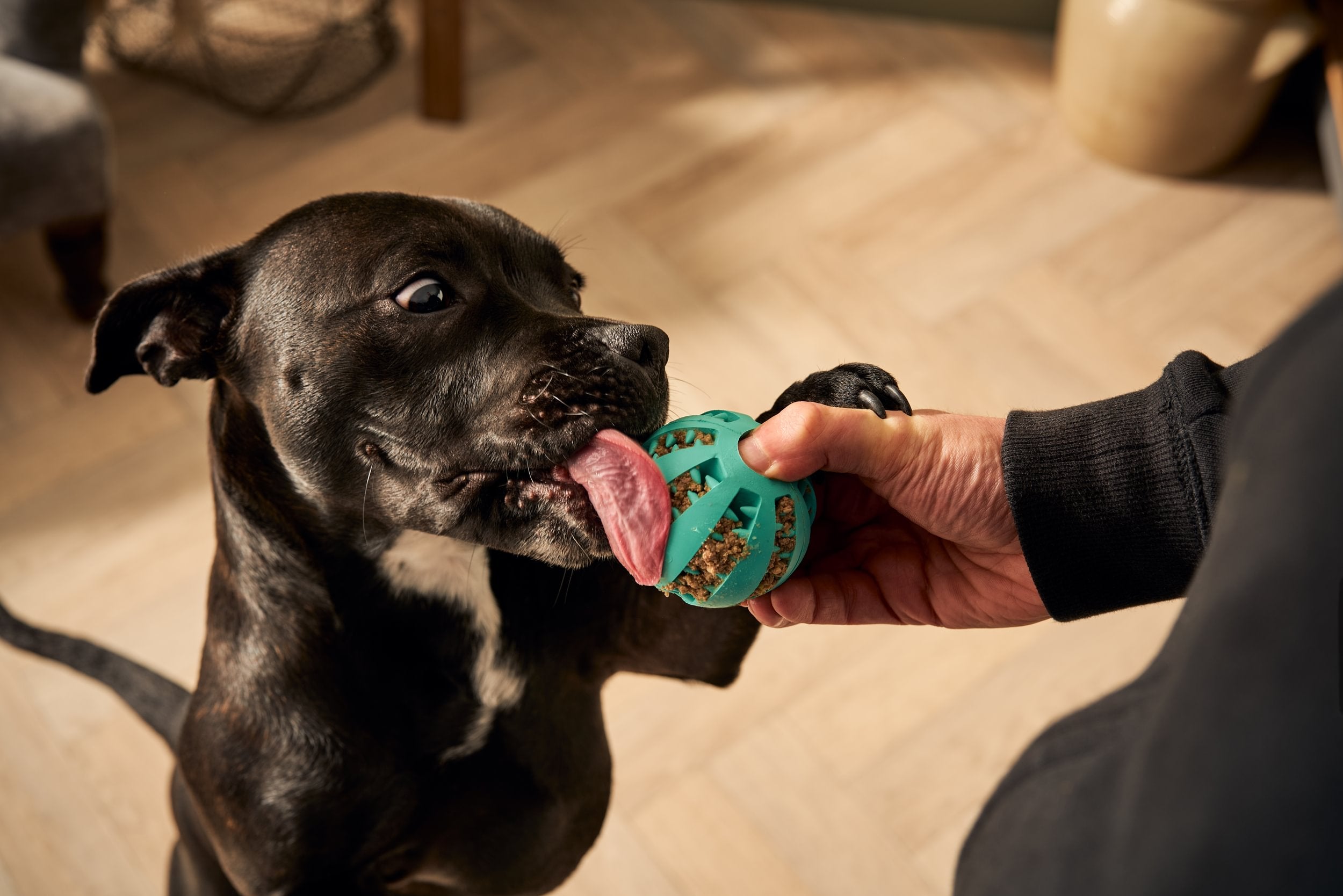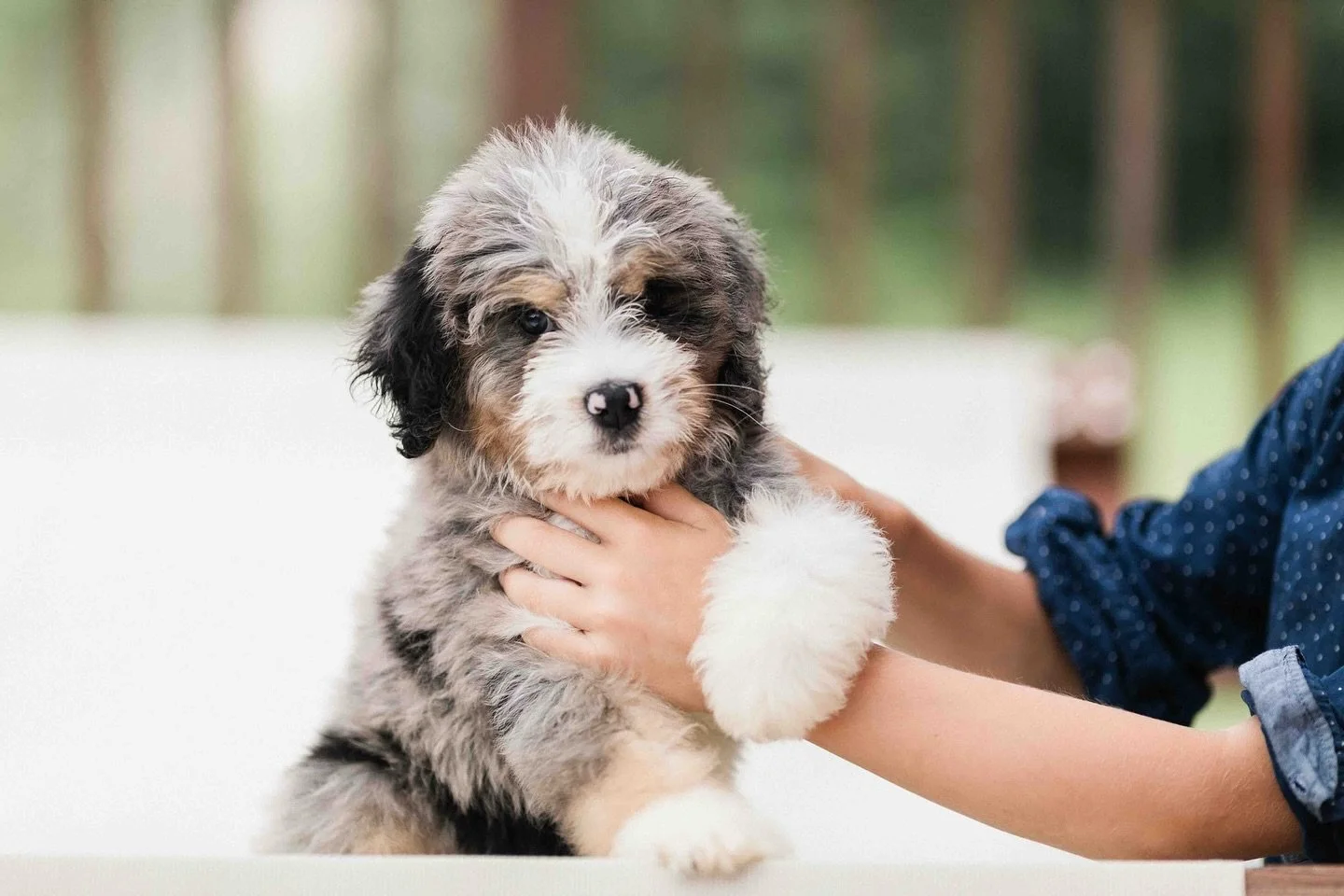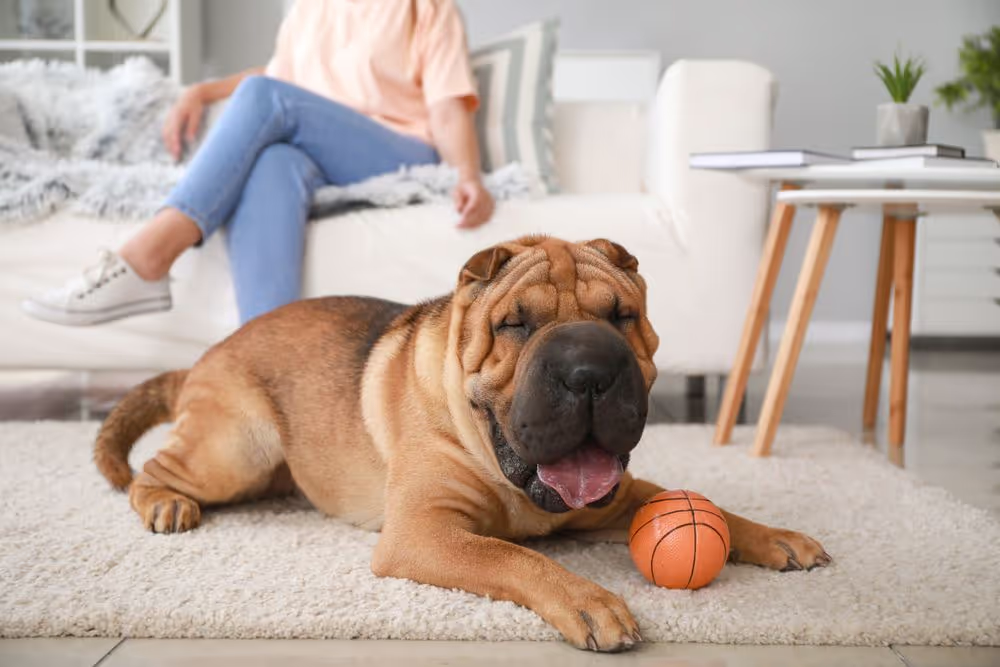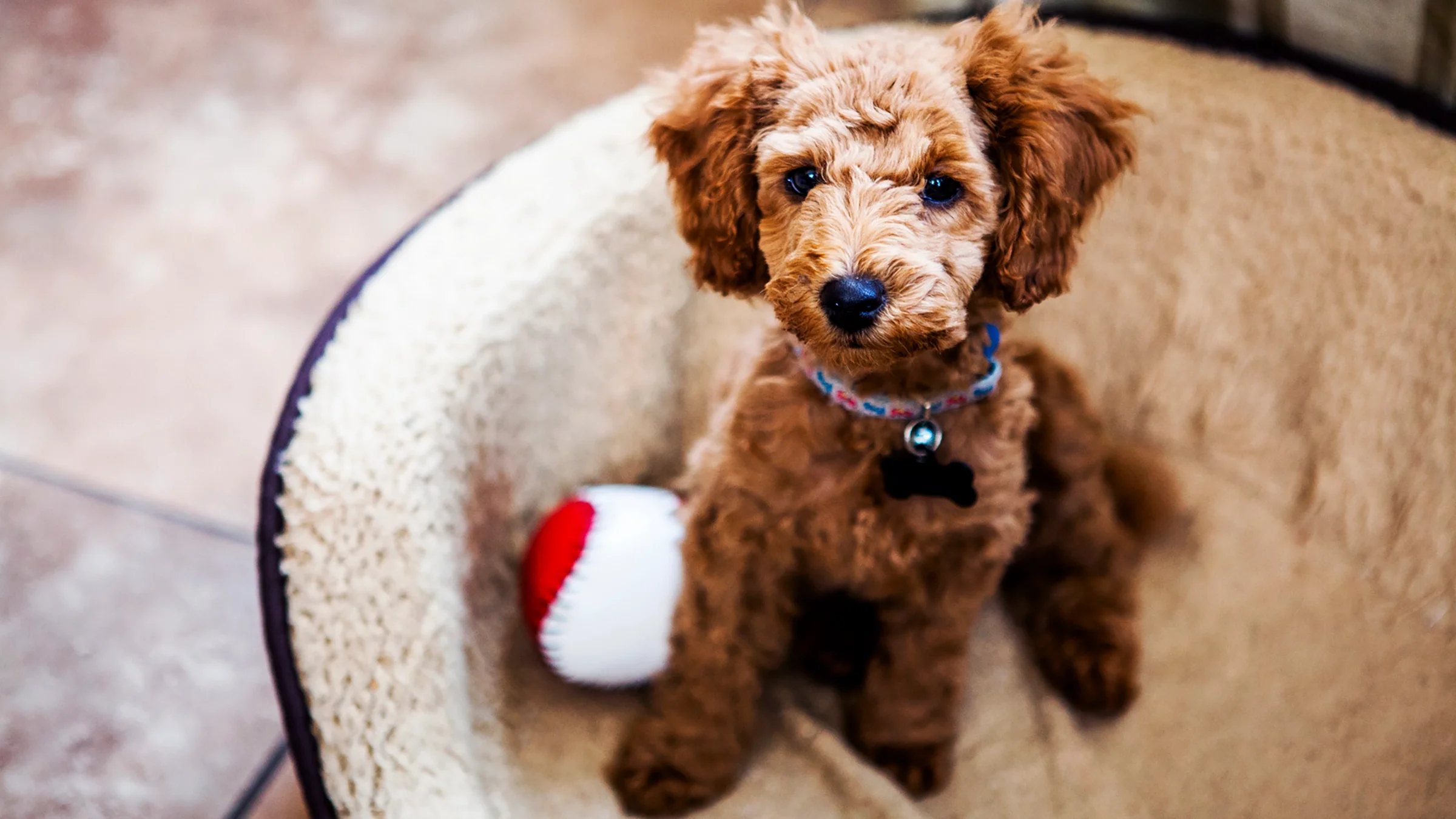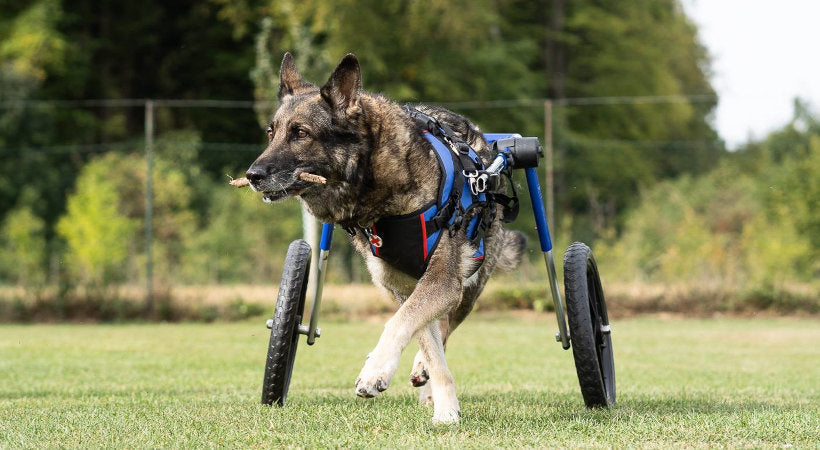If your dog has just had ACL surgery, you’re probably wondering, “How long is dog ACL recovery?” You want to help your furry friend heal as quickly and smoothly as possible. Knowing what to expect can ease your worries and guide you in giving the best care.
You’ll discover the typical recovery timeline, key signs to watch for, and tips to support your dog every step of the way. Keep reading to learn exactly what your dog needs to get back on their paws.
Dog Acl Injury Basics
Understanding the basics of a dog ACL injury helps in managing recovery well. Many dog owners find this injury confusing and worrying. Knowing what ACL means and what causes tears can ease the stress. This knowledge supports better care and faster healing for your pet.
What Is Acl In Dogs
The ACL stands for anterior cruciate ligament. It is a key ligament inside the dog’s knee joint. This ligament connects the thigh bone to the shin bone. It helps stabilize the knee and supports movement. When the ACL is healthy, dogs run, jump, and play without pain. A torn ACL causes pain and instability in the knee. Dogs with this injury often limp or avoid putting weight on the leg.
Common Causes Of Acl Tears
ACL tears happen due to sudden or repeated stress on the knee. Some common causes include:
- Jumping or landing awkwardly
- Twisting the leg during play or exercise
- Obesity, which adds strain to joints
- Older dogs with weaker ligaments
- Genetic factors in certain breeds
Active and overweight dogs are at higher risk. Early diagnosis and care can reduce the damage and improve recovery outcomes.

Credit: www.attadalevethospital.com.au
Typical Acl Recovery Timeline
The typical ACL recovery timeline for dogs varies but follows clear stages. Understanding these phases helps pet owners support their dogs properly. The process usually spans several months. Each phase has specific goals and care needs. Patience and care during recovery improve chances of a strong return to activity.
Initial Healing Phase
This phase starts right after surgery or injury. It lasts about 2 to 4 weeks. The focus is on reducing pain and swelling. Dogs need limited movement to protect the healing ligament. Strict rest is essential during this time. Vet check-ups ensure the healing is on track.
Rehabilitation Stage
Rehabilitation begins after initial healing. It can last from 6 to 12 weeks. Controlled exercises help rebuild muscle strength and joint stability. Gentle walking and physical therapy are common. The goal is to restore mobility without causing harm. Consistency in rehab improves recovery success.
Full Recovery Expectations
Full recovery may take 4 to 6 months or longer. Dogs gradually return to normal activities. Some dogs may experience minor stiffness or discomfort. Regular vet visits monitor progress and adjust care plans. Most dogs regain good function with proper care.
Factors Affecting Recovery Time
Recovery time after a dog’s ACL surgery varies widely. Several factors influence how quickly your dog heals. Understanding these factors helps set realistic expectations.
Each dog’s situation is unique. Age, size, surgery type, and care all affect recovery speed and success.
Dog’s Age And Size
Older dogs usually heal slower than younger ones. Their bodies repair tissues less quickly. Small dogs often recover faster than large dogs. Large dogs put more stress on their joints, which can slow healing.
Type Of Surgery Performed
Different ACL surgeries have different recovery times. Some methods are less invasive, allowing quicker healing. Others need longer rest and physical therapy. Your vet will recommend the best surgery based on your dog’s condition.
Post-surgery Care
Proper care after surgery is crucial for fast recovery. Strict rest and limited activity prevent damage to the healing ligament. Following vet instructions on medication and therapy speeds healing. Good nutrition also supports tissue repair and strength.
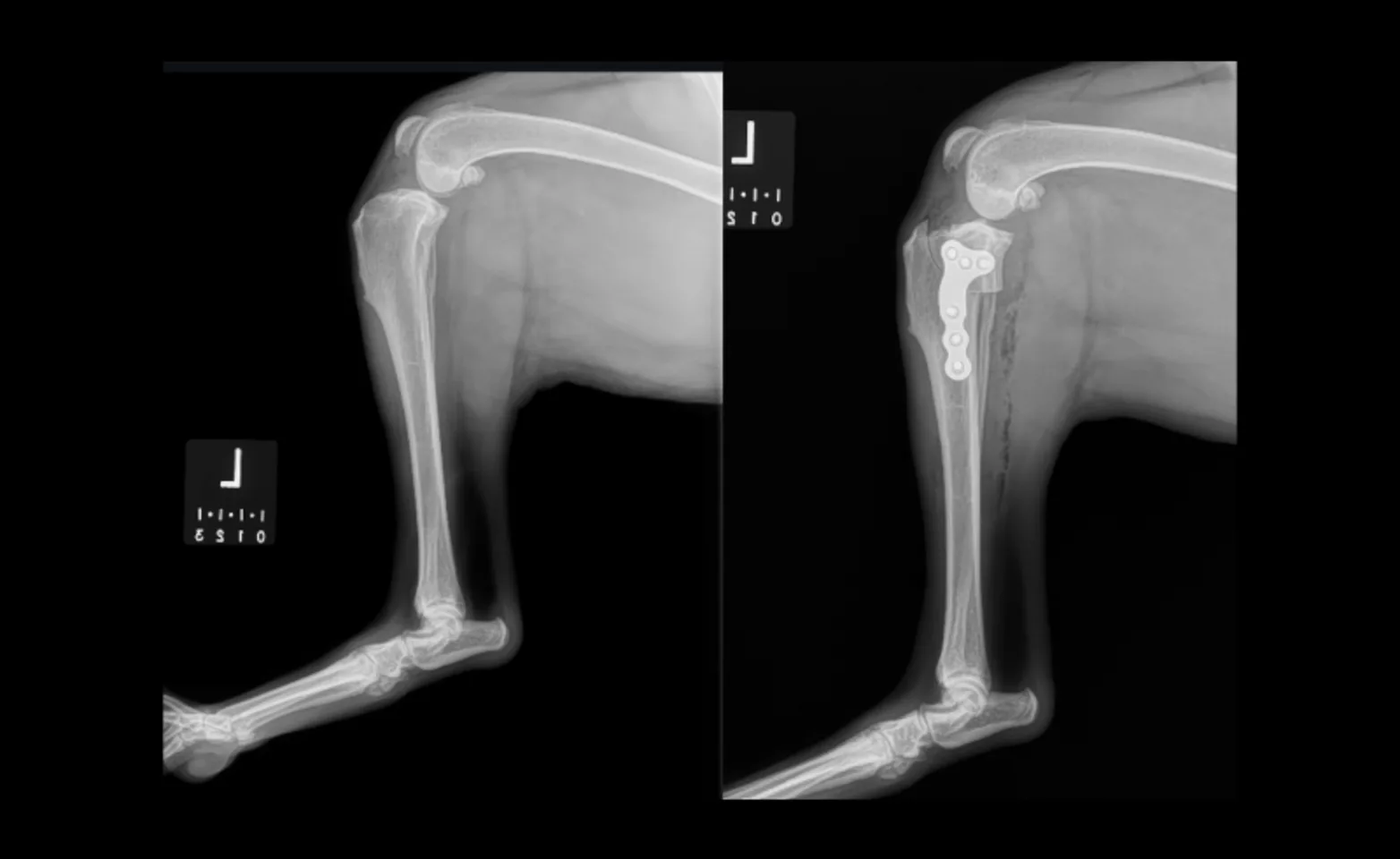
Credit: www.hopkintonanimalhospital.com
Key Recovery Tips
Recovering from a dog ACL surgery requires careful care and attention. Following key recovery tips can help speed up healing and improve your dog’s comfort. These tips focus on controlling pain, supporting muscle recovery, and ensuring your dog stays safe during healing.
Managing Pain And Inflammation
Proper pain control is essential for a smooth recovery. Use prescribed medications exactly as the vet instructs. Cold compresses can reduce swelling in the first few days. Watch for signs of pain like whining or limping. Keeping your dog calm helps prevent extra stress on the joint.
Physical Therapy Techniques
Gentle physical therapy boosts muscle strength and joint flexibility. Start with simple range-of-motion exercises. Massage around the surgery site can improve blood flow. Hydrotherapy, like swimming, supports low-impact movement. Always follow your vet’s guidance for therapy timing and type.
Exercise Restrictions
Limit your dog’s activity to prevent injury. Avoid running, jumping, or rough play until cleared by the vet. Use a leash for controlled walks. Create a quiet, confined space for rest. Gradually increase activity based on your dog’s progress and vet advice.
Nutritional Support
Good nutrition supports tissue repair and energy levels. Feed a balanced diet rich in protein and essential nutrients. Supplements like omega-3 fatty acids may reduce inflammation. Keep your dog hydrated and monitor weight to avoid stress on joints.
Signs Of Complications
Recognizing the signs of complications during your dog’s ACL recovery is crucial to ensure a smooth healing process. Not every unusual symptom means something serious, but some warnings require immediate attention. Being alert and informed can make a big difference in your pet’s recovery outcome.
Infection Indicators
Infections can slow down recovery and cause discomfort for your dog. Watch for redness, swelling, or warmth around the surgery site. If you notice any pus or unusual discharge, it’s a clear sign of infection.
Does your dog seem more lethargic than usual or have a fever? These systemic signs often accompany infections and should prompt a quick visit to your vet. Early treatment can prevent more serious problems.
Delayed Healing Symptoms
Healing times vary, but some warning signs suggest your dog’s recovery isn’t progressing as it should. If the surgical wound remains open or looks raw weeks after surgery, this indicates delayed healing.
Also, persistent limping or refusal to bear weight on the leg after the expected recovery period may mean complications like ligament instability or joint issues. Are you noticing any changes in your dog’s behavior around movement or exercise?
Tracking these symptoms closely helps you provide timely care and keeps your dog on the path to full recovery.

Credit: poshdogkneebrace.com
Preventing Future Acl Injuries
Preventing future ACL injuries is just as important as managing recovery. Once your dog has healed, keeping their joints safe requires ongoing care and attention. You have the power to reduce risks and help your dog enjoy an active, pain-free life.
Maintaining Healthy Weight
Extra weight puts more stress on your dog’s knees. Even a few pounds can increase the chance of another ACL injury. Have you checked your dog’s weight recently?
Keeping your dog at a healthy weight lowers joint pressure. This makes movement easier and reduces wear and tear. Regularly monitor their weight and adjust food portions if needed.
Regular Exercise Benefits
Exercise strengthens muscles around the knee, providing better support. Low-impact activities like swimming or leash walks improve joint stability without overloading it. How often do you exercise your dog?
Consistency matters more than intensity. Short, frequent sessions help maintain muscle tone and prevent stiffness. Avoid sudden bursts of high-impact play that can strain healing joints.
Joint Supplements
Supplements can support joint health and ease discomfort. Ingredients like glucosamine, chondroitin, and omega-3 fatty acids promote cartilage repair and reduce inflammation. Have you discussed supplements with your vet?
Not all supplements work the same for every dog. Choose high-quality products recommended by professionals. Adding supplements to your dog’s routine can improve mobility and protect against future injuries.
Frequently Asked Questions
How Long Does Acl Recovery Take For Dogs?
ACL recovery in dogs typically takes about 8 to 12 weeks. The healing process can vary based on the dog’s age, size, and health. Rehabilitation exercises and physical therapy are often recommended. Regular veterinary check-ups ensure proper healing and prevent complications.
Always follow your vet’s advice for optimal recovery.
What Are The Stages Of Dog Acl Recovery?
Dog ACL recovery involves three main stages: initial rest, rehabilitation, and gradual return to activity. The initial rest phase lasts about two weeks, followed by controlled exercises during rehabilitation. Monitoring your dog’s progress and adjusting activities ensure successful recovery. Proper care helps avoid re-injury and strengthens the affected leg.
Can A Dog Walk During Acl Recovery?
During ACL recovery, dogs can walk short distances under supervision. Controlled leash walks are recommended to prevent strain. Gradually increase walk length as the dog heals. Avoid jumping or running during recovery. Consult your vet for specific walking guidelines based on your dog’s progress and condition.
What Exercises Help Dog Acl Recovery?
Therapeutic exercises like controlled walking and swimming aid dog ACL recovery. Passive range-of-motion exercises and balance activities improve muscle strength. Always start exercises slowly and increase intensity over time. Consult a veterinary physiotherapist for a tailored exercise plan. Proper exercises help restore mobility and prevent future injuries.
Conclusion
Dog ACL recovery takes time and patience. Healing usually lasts three to six months. Rest and limited movement help your dog heal well. Physical therapy supports stronger muscles and better joint health. Watch for signs of pain or swelling during recovery.
Follow your vet’s advice closely to avoid setbacks. Each dog heals at its own pace. Stay consistent with care for the best results. Your dog will feel better with time and love. Keep hope and support during this healing journey.

